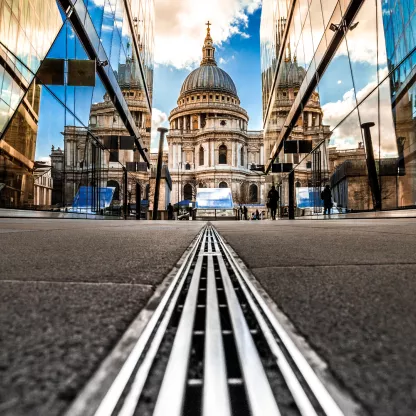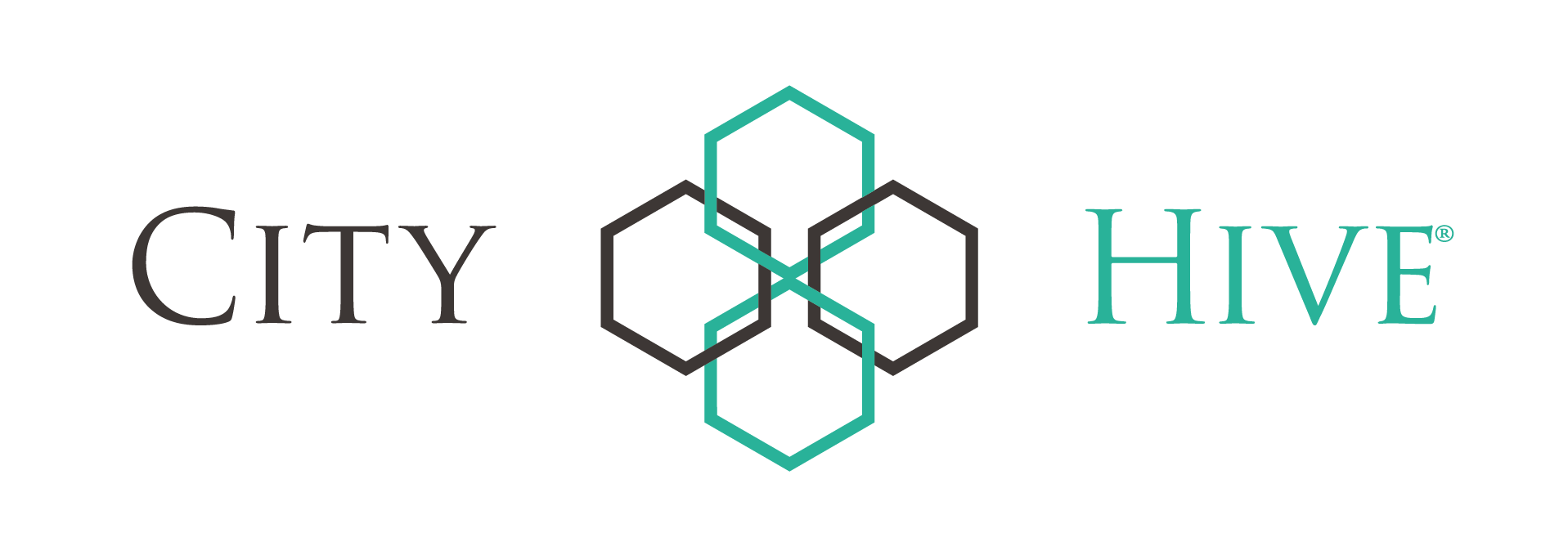Beauty may be skin-deep but Rahab Paracha, sustainable multi-asset investment specialist, expects more from beauty companies’ sustainability policies.

The beauty of being sustainable
With the darker mornings well and truly here, I always find getting ready in the morning just that little bit more difficult in winter. This week I had the extra annoyance of opening my make-up bag for a quick attempt to make myself look more presentable – only to realise I’ve basically run out of everything at the same time. Somehow this always happens! Thinking about where to go to replace all my beauty bits given the vast array of options these days can be pretty overwhelming (as well as costing a small fortune). But as is likely the case for many people, researching the sustainability of each company can often help me decide which to buy from.
Looking at consumer products through the lens of sustainability always prompts an interesting discussion. Some people argue that many businesses operating in industries such as fashion and fast food, beverages and beauty can never really be sustainable because the products and services they’re often providing can themselves inherently go against the principles of sustainable living. They argue, for example, that the very notion of fashion causes overconsumption: it makes people buy new clothes before the old ones have worn out. They also make the case that the business models of, for instance, fast food, confectionery and fizzy drink manufacturers inevitably promote unhealthy living. Or even if an industry isn’t fundamentally unsustainable it may currently be contributing more to the problem than the solution. The beauty industry’s a good example of this.
However, others argue that it’s important to be realistic here. We’re never going to stop people from going out and buying these products. So shouldn’t we commend, and in the case of our sustainable portfolios invest, in those leading their peers by helping set new standards?
This is a question we as sustainable investors have grappled with. There are some consumer stocks that we’re never going to touch. That includes fast food, alcohol and fizzy drink businesses. For example, we hold Coca-Cola and McDonald’s in our core range of portfolios but these stocks don’t make it into the sustainable funds. This is because they primarily go against one of the UN Sustainable Development Goals (SDGs), ‘Good health and wellbeing’. But other areas like beauty defy such clear-cut decisions. Many people wouldn’t view beauty products as inherently at odds with sustainable development – in contrast to fast food, etc. For that reason, we have a more nuanced approach to the beauty industry, assessing each company case by case.
Beauty is booming
Beauty is a booming industry, set to grow at 6% a year to reach $580 billion in retail sales by 2027 according to the consultancy McKinsey. Combine that with wellness and McKinsey ups the growth rate to 10%, heavily fuelled by younger generations and the importance they place on wellness and self-care. This makes them big buyers of skincare, for example. To continue to appeal to this demographic and capitalise on expansion, beauty retailers need to make sustainability a top priority. There are several ways to go about this. One of the most obvious is the movement towards sustainable beauty packaging. This can include using materials that are either biodegradable or recyclable, opting for a more minimalist design, and refillable or reusable options. Consumers also worry about animal testing and want to use more organic and natural ingredients.
And then there are some of the bigger, hard-to-tackle, but critically important problems like responsible sourcing and decarbonising the supply chain. These are often the hardest changes to make. They are also the least obvious to the consumer base so they can get forgotten by companies wanting to make a PR splash. That said, many companies have made big commitments in this area, such as reducing carbon emissions, plastic pollution and water usage. It’s our job to figure out which ones are taking this more seriously than others.
Beauty and personal care conglomerate L’Oréal is one of the very few consumer names we hold in the sustainable multi-asset funds. That’s because we think they’re doing a good job in a difficult industry. L’Oréal is the only company in the world to have achieved an ‘A’ score in all three CDP rankings - fighting climate change, managing water sustainably, preserving forests - for six consecutive years. CDP (formerly Carbon Disclosure project) is a non-profit organisation that urges companies to report information on their policies, practices and targets to manage environmental risks.
L’Oréal’s A game
Receiving an A score isn’t easy - companies have to undertake actions such as setting science-based targets, creating climate transition plans, developing water-related risk assessment strategies, and reporting on the scale of any deforestation for all relevant operations, supply chains and commodities used. To us, a top score demonstrates L’Oréal’s long-standing commitment to sustainability: these disclosures are voluntary and very extensive. They also emphasise implementation and actions over simple target-setting.
L’Oréal also go further than many others on issues such as palm oil. Fully 100% of the palm oil sourced by the company has complied with Roundtable on Sustainable Palm Oil (RSPO) standards since 2010, using the rigorous Segregated (SG) model. This is highly demanding as different certified sources of palm oil are kept separate from ordinary palm oil throughout the supply chain. L’Oréal also leads peers on plastics: it expects that by 2025 100% of its plastic packaging will be refillable, reusable, recyclable or compostable. We acknowledge that maybe they’re not the first business that would spring to mind when thinking of sustainability - and they’re still not perfect by any means. But they’ve made great strides in their operations; we think it’s important to acknowledge that.
Now an empty make-bag is the perfect excuse for a shopping spree I think, so time to brace myself for manic Westfield shopping centre filled with other Christmas shoppers from around London – and beyond.
Tune in to The Sharpe End — a multi-asset investing podcast from Rathbones. You can listen here or wherever you get your podcasts. New episodes monthly.









